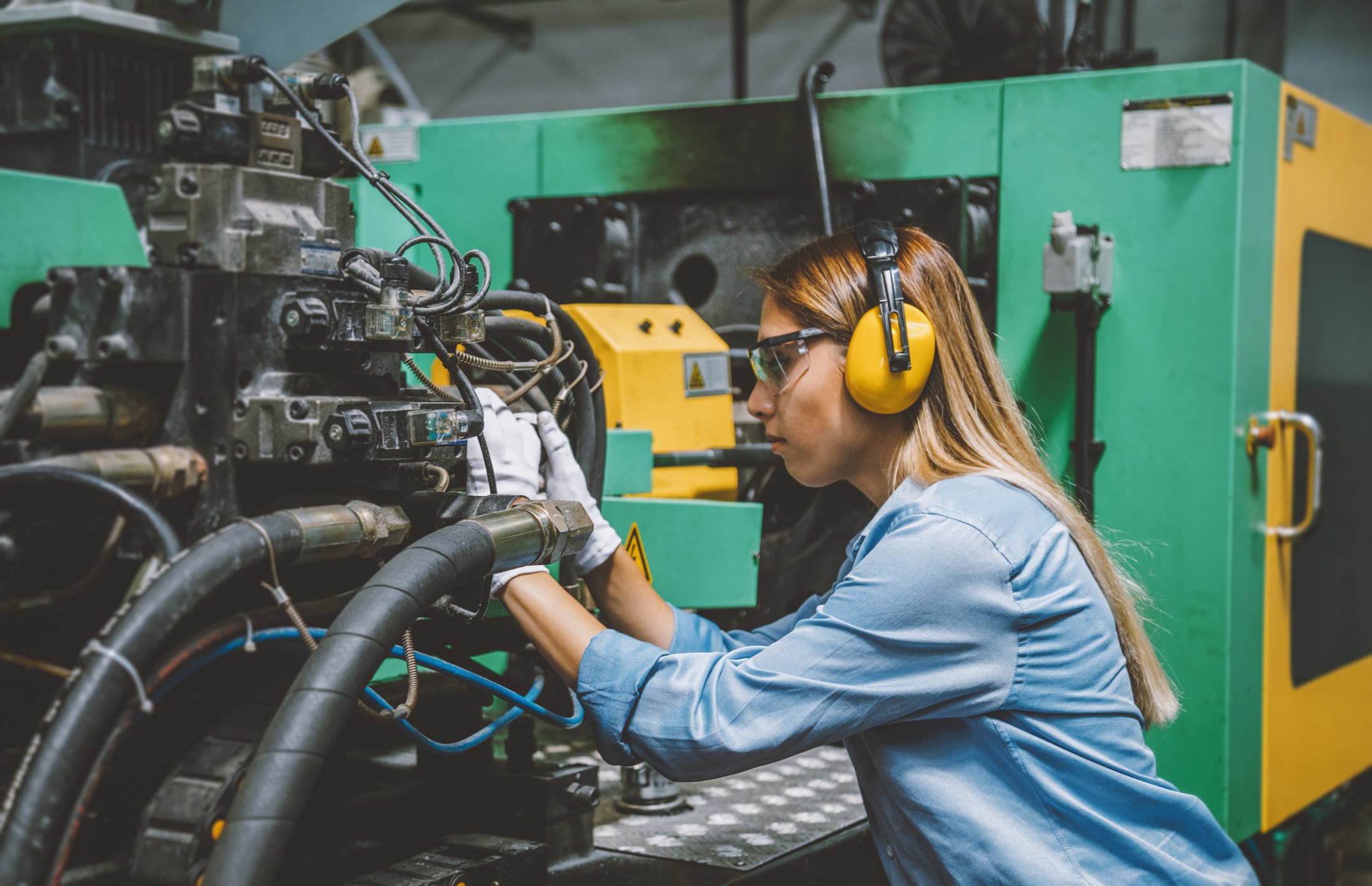The past five years have seen fantastic gains in the shares of many American companies as the economy continues its slow but steady recovery. The S&P 500 has nearly doubled in that time, giving index investors plenty to cheer about. But anyone looking for market-beating returns would have been well served to buy shares of Cummins (CMI +0.71%), which has done more than twice as well as the S&P since late 2009:
CMI Total Return Price data by YCharts.

Source: Wikimedia Commons.
Cummins has been a leader in diesel engines for many years, and its pole position in that industry has kept it growing as demand for diesel trucks boomed since the recession's end. Cummins is also a leader in corporate responsibility, which helped it earn the top spot on The Motley Fool's list of the 25 Best Companies in America last year. But past performance is no guarantee of future returns. Can Cummins continue to grow sales and share prices, and continue rewarding its shareholders in the years to come? Let's take a look at three reasons it could.
Truck sales are growing, but remain well off pre-recession highs
Domestic vehicle sales took a nosedive during the recession, and the commercial trucks running on Cummins engines were hit especially hard, with light truck sales falling 40% and heavy-duty truck sales collapsing nearly 60% from the start of 2006 to the end of 2009. Since then, sales of both truck styles have rebounded, but nowhere near strongly enough to return to 2006 levels:
U.S. Heavy Truck Sales data by YCharts.
This sales shortfall has led to the rapid aging of vehicle fleets in the United States. Last year, the average light truck was a record-high 11.3 years old, and heavy-duty Class 8 vehicles, nearly all of which use diesel engines, are now on average 11 years old. Vehicles certainly don't last forever, and this creaky fleet will find itself in ever more desperate need of replacement over the coming years. That's a huge opportunity for Cummins. Simply returning to 2006 levels would boost sales of heavy trucks by about 25% and light trucks by roughly 5%. The population and its demand for goods and services has grown since 2006, so this return to trend may not be enough to serve America's needs today.
Cummins has grown faster and is more profitable than its close competitors
Over the past decade, which has included two roaring bull markets broken up by a wrenching recession, Cummins has outpaced both equipment-and-engine giant Caterpillar (CAT 0.04%) and truck-maker PACCAR (PCAR 0.43%) on two key metrics. First, its revenue has more than doubled since 2004, which neither of the other two companies can claim:
CMI Revenue (TTM) data by YCharts.
Second, its profit margins have remained higher than those of either competitor over recent years, and Cummins has really pulled away on margins since the recession, with near-double-digit profit margins compared to 7% for both Caterpillar and PACCAR:
CMI Profit Margin (Quarterly) data by YCharts.
Another competitor, Navistar, was not included in these charts because its revenue (up less than 10% in a decade) and profit margins (not even positive at present) skewed the charts too much to the downside to clearly display Cummins' dominance. That's how much better Cummins has been in its core market than its competitors. When it comes to heavy manufacturing, margins really matter, and Cummins has kept its margins ahead of the pack for years.
Cummins has largely grown in the right ways in recent years
Heavy-duty truck engines made up the largest part (44%) of Cummins' automotive engine sales last year, but the company wasn't always the leader in this segment. In 2008, Cummins trailed far behind Navistar's 65% share of heavy-duty diesel engines, according to Ward's Automotive Group, but by 2012, Cummins had grown its share to 42%, which was more than twice the share of any other competitor. At the same time, Cummins has also managed to grow its medium-duty engine sales substantially:
|
Year |
Medium-Duty Engine Revenue |
Year-Over-Year Growth Rate |
|---|---|---|
|
2008 |
$1,550 |
21% |
|
2009 |
$1,232 |
(21%) |
|
2010 |
$1,435 |
16% |
|
2011 |
$2,320 |
62% |
|
2012 |
$2,091 |
(10%) |
|
2013 |
$2,185 |
4% |
Sources: Cummins' annual reports.
From 2010 to 2013, Cummins' medium-duty revenue rose by 41%, and its heavy-duty engine revenue rose by 17%, for combined growth of 27%. This was actually one of the lower growth rates out of Cummins' various operating segments -- its Components segment, which supplies add-on products for diesel engines, grew revenues by 38% from 2008 to 2013, and its Distribution segment, which handles sales to partners and end users, grew revenues by 73% over the same time frame. From 2008 to 2012 (it stopped reporting engine sales separately in 2013), Navistar's engine sales grew by a mere 4%, and its component sales grew by 4% as well.
Three good reasons?
Investors know that it's quite hard to dislodge a determined incumbent from market leadership, and Cummins is clearly committed to dominating the diesel engine market for years to come. Will that be enough to propel its shares to long-term outperformance? Investors clearly believe so, as they've piled into Cummins' stock since the end of the recession. These three reasons aren't the only reasons that Cummins has soared, but they have been among the keys to its success. Will they hold true over the long term? Only time will tell.












